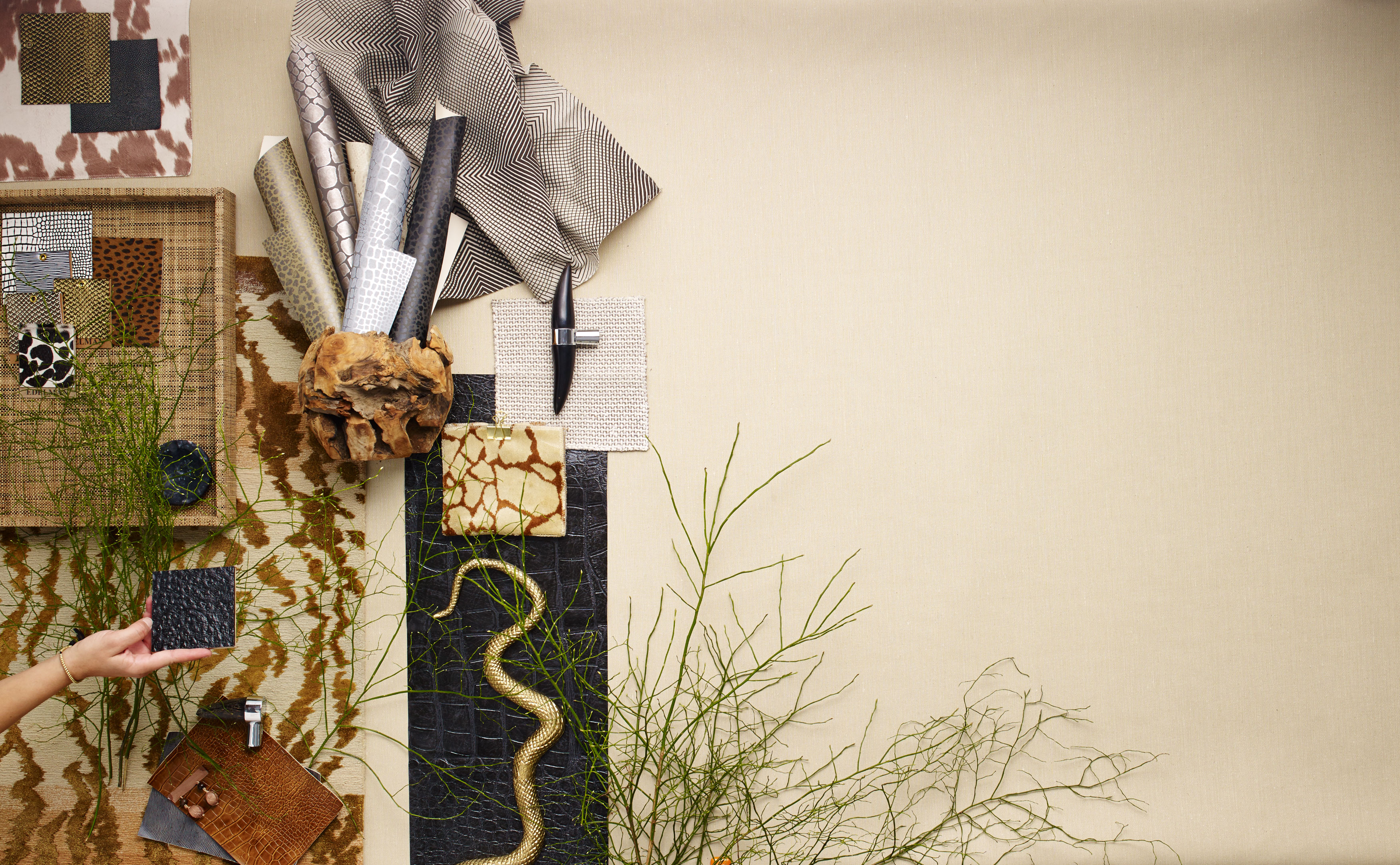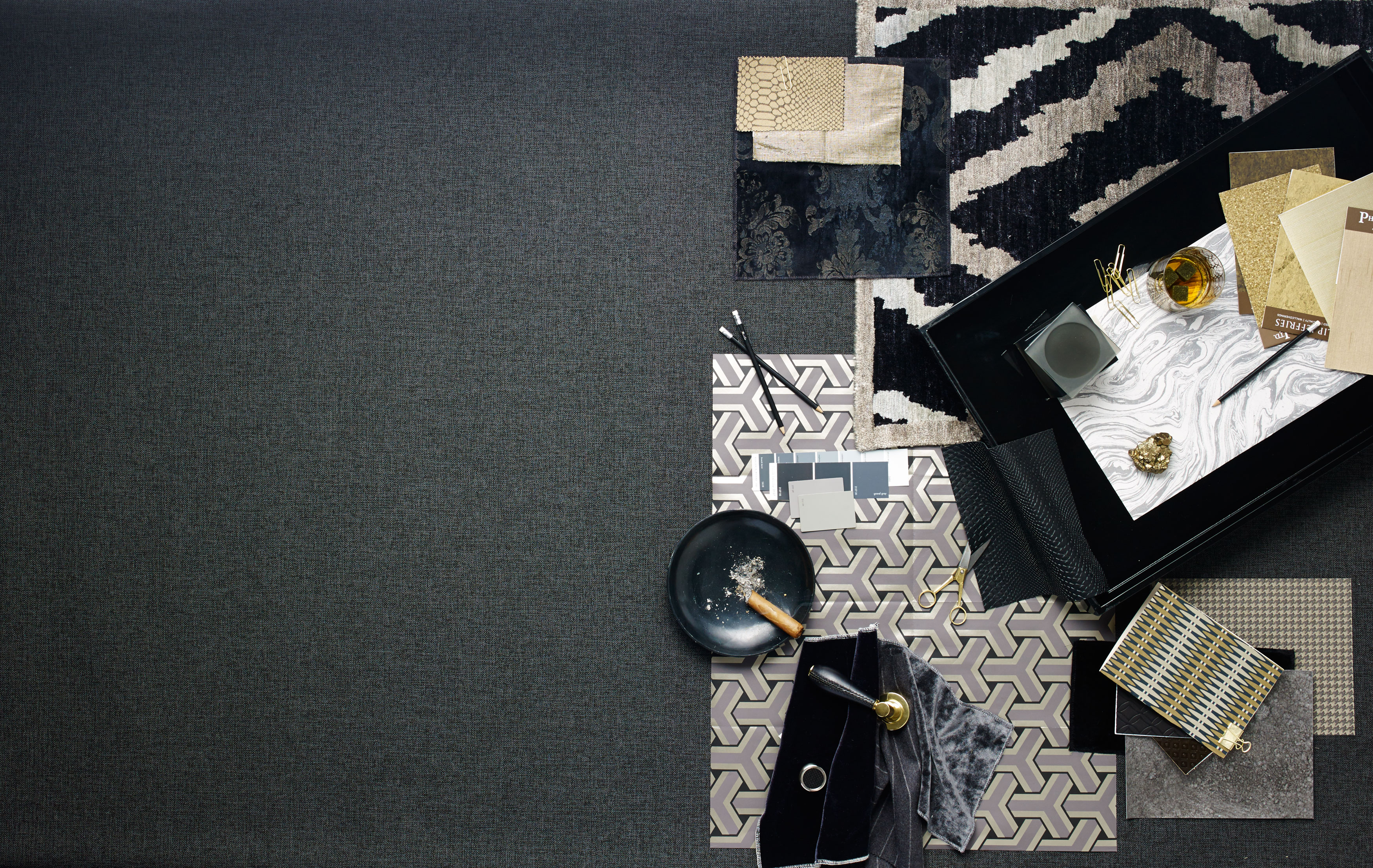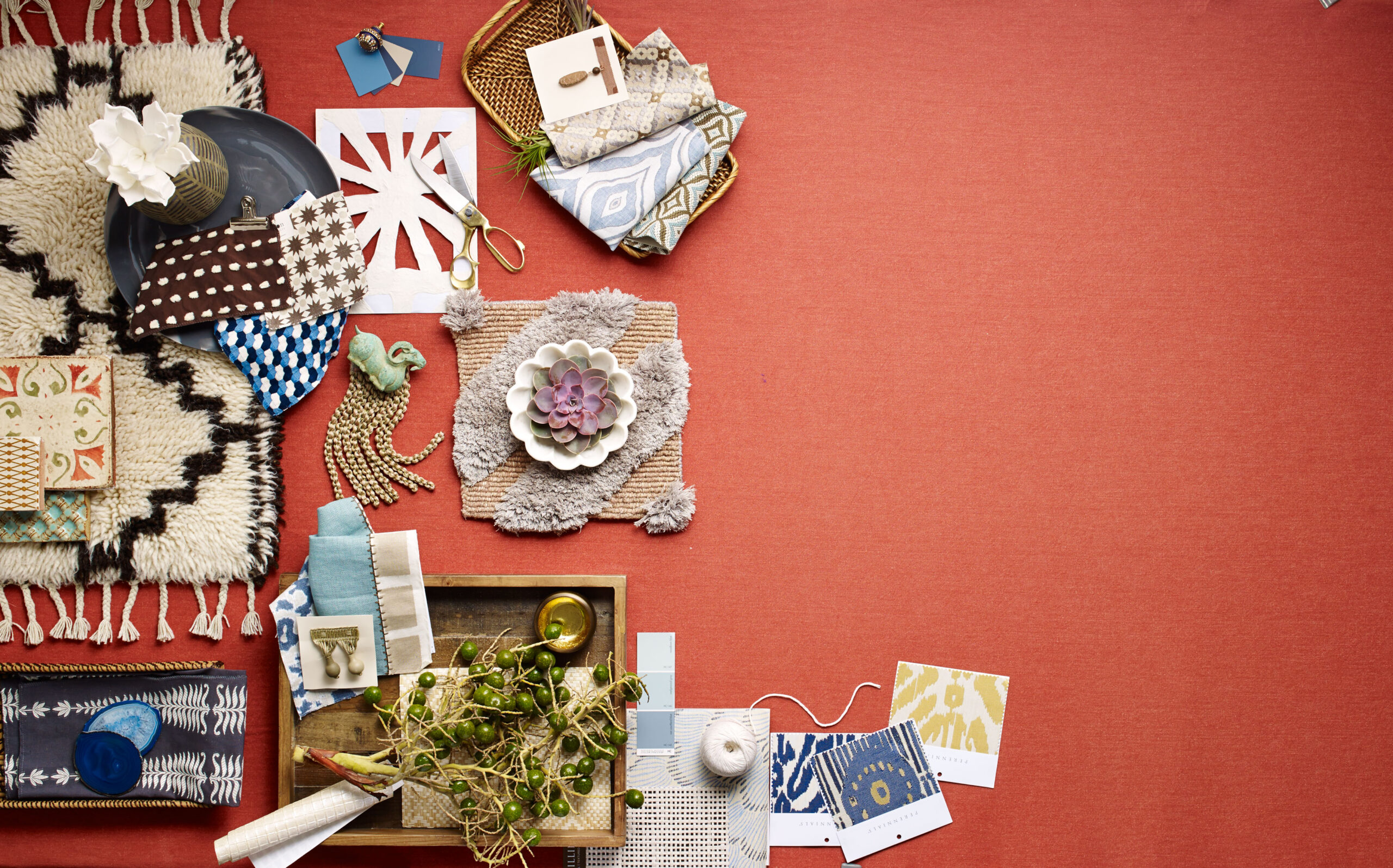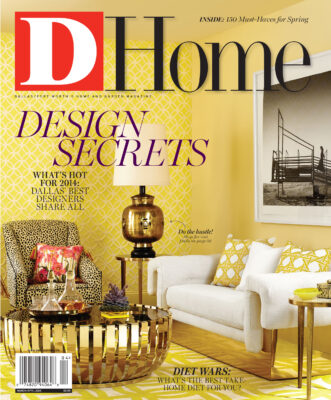
WHAT CAN I EXPECT?
In a perfect world, a designer would deliver the best brands and pieces on time and on budget. In the real world, it’s not always that simple.
So what can you realistically expect from your designer? First, a designer should stay on budget—and only overspend with your approval. “I show clients a high, low, and mid-priced option for the pieces that we are selecting,” says Abbe Fenimore. “It gives them the option to splurge on the pieces they really love while keeping the budget in check with more affordable pieces, too.” Adds Joshua Rice, “I generally present what I believe to be an ideal design solution, and if that has the potential to go over-budget, I will make sure I have a secondary plan available that will meet budget requirements.”
If you don’t have a budget, your designer will likely be happy to help you set one. Our survey respondents recommended setting aside a buffer for the “hidden costs” that you either don’t think about—commissions; receiving, delivery, and storage fees; taxes; installation services; etc.—or don’t see coming. Marilyn Rolnick Tonkon suggests allocating 10 to 20 percent of your budget for such surprises. “There are always unexpected issues and change orders,” she explains.
Another key part of budgeting is understanding how and how much your designer charges, something he or she should be upfront about at your very first meeting. Many of our surveyed designers said they work on an hourly fee and charge mark-ups on purchased pieces. Others work on a flat fee. Some require a retainer upfront; others don’t. Each designer works differently, and sometimes based on the project, so make sure it’s explained and agreed upon in a contract or letter of agreement before committing to work together.
‘It is always our job to translate clients’ tastes to an elevated level. Even if we think the best option is from Ikea. We mix high and low. Good design all works together.’
The key, our winners agree, is regular communication and frequent meetings. If your project is new construction, this is all the more crucial. “When building, it is important to have standing meetings with the builder, architect, designer, and client, in order to have constant view of the project,” says Leslie Jenkins. These meetings may not always take the same shape—sometimes you may be visiting a showroom together—but the frequent interaction helps keep everyone on the same page. You should also be consulted any time problems arise that would result in a change to not only the budget or timeline but agreed-upon design choices as well.
As for the design itself, your designer should think long-term. Is this space capable of evolving with your growing family and changing needs? Will it still look relevant 10 years from now? To that end, our winners almost unanimously agreed that trends should take a backseat to timelessness when it comes to design. Whether your style is traditional or contemporary, a home can be current without being trendy. “Since decorating and designing a house is an expensive project, we do not want clients to come back in three years and say that their house looks dated,” says Jan Showers. “Classicism and timelessness are very important.” Mary Anne Smiley agrees: “What is trending is never a consideration on my projects. What is appropriate, in good taste, and is good design is what is important.”
Most of all, you should expect your designer to keep your needs and desires—not theirs—in the forefront. A good designer should push you aesthetically and introduce you to brands, concepts, and schemes that you might not have otherwise been aware of, but he or she should never lose sight of the fact that ultimately, you are the one who will live here. As Barbara Vessels puts it: “I try to help my clients develop their own taste to a higher level.”

WHAT DO THEY EXPECT FROM ME?
There are things you can do in order to ensure the process remains smooth and enjoyable for both parties. First, come in with ideas. That includes tear sheets, pictures of that hotel you stayed in that one time that you loved, Houzz idea books, and Pinterest boards. Be forthcoming with your desires, but remain open and trusting of your designer. After all, that’s why you hired them. “An ideal client is one that knows what they like and don’t like and can communicate it but allows the designer to bring their expertise and ideas to the table,” says Tiffany McKinzie. “If a client feels the need to micromanage or direct the designer throughout the process, then hiring a professional, no matter how established they are, won’t net the best results.”
Next, be realistic about money. Know how far your dollars can go, and be upfront about your budget. “Clients can be way too mysterious about their budget, afraid we will spend all of the amount they mention,” says Sherry Hayslip. “If we aren’t told what the budget is, we’ll never be able to do it.” Oh, and when those invoices come in? Pay them on time.
Also, be realistic about the timeline, and don’t blame your designer if something is taking longer than expected. This process requires patience. “It takes time to measure, design, and draw projects,” says Cheryl Van Duyne. “It takes time to have custom work and furnishings made.”
There’s another reason your designer wants you to slow down, too: They want you to end up with the right pieces, not the pieces you can have right now. “The biggest challenge is slowing a client down to make sure they are making good, methodical decisions for every item in their home,” says Rick Rozas. “Instant gratification is what everyone thinks they want—until they see what they can get if they wait.”
Then, when you love the way a project turns out, say so—not just to your designer, but to your friends. Referrals are the lifeblood of the design business.
And throughout this and any future projects you and your designer work on together, be enthusiastic, and as Kathy Adcock-Smith advises, “Have a sense of adventure.”
Get the AtHome Newsletter
Credits






